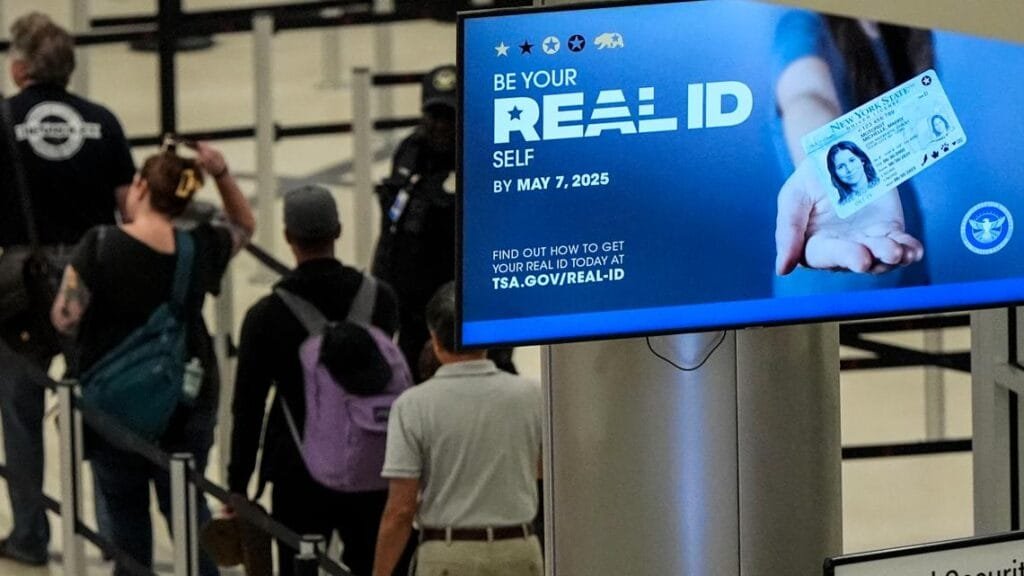Introduction to the Real ID
Chances are you’ve heard about the Real ID, a new form of identification that will become necessary for U.S. citizens starting May 7, 2025. Anyone aged 18 or older will need a Real ID or an approved alternative to fly domestically. Failing to have one could result in denial of entry at TSA checkpoints. But what exactly is a Real ID, and how can you determine if you possess one?

The Importance of the Real ID
The Real ID Act was introduced after the 9/11 Commission recommended that the federal government set standards for the issuance of identification sources, including driver’s licenses. The intention behind the Real ID is to enhance security by ensuring that all driver’s licenses meet federal standards. Currently, all states, along with U.S. territories, issue compliant identification cards.
Identifying Your Real ID
You can easily identify your Real ID by looking for a star in the top section of your driver’s license or identification card (or a bear with a cut-out star in California). If you have obtained a new identification card since 2005, you are likely already in possession of a Real ID. If you do not have one, a U.S. passport or an enhanced driver’s license may serve as an acceptable alternative when traveling.
Obtaining a Real ID
To get a Real ID, you must visit your local DMV and provide specific documentation, including your full legal name, date of birth, Social Security number, proofs of address, and lawful status. Be aware that some states may have additional requirements. Therefore, it’s advisable to check your state’s driver’s licensing agency website before your visit.

